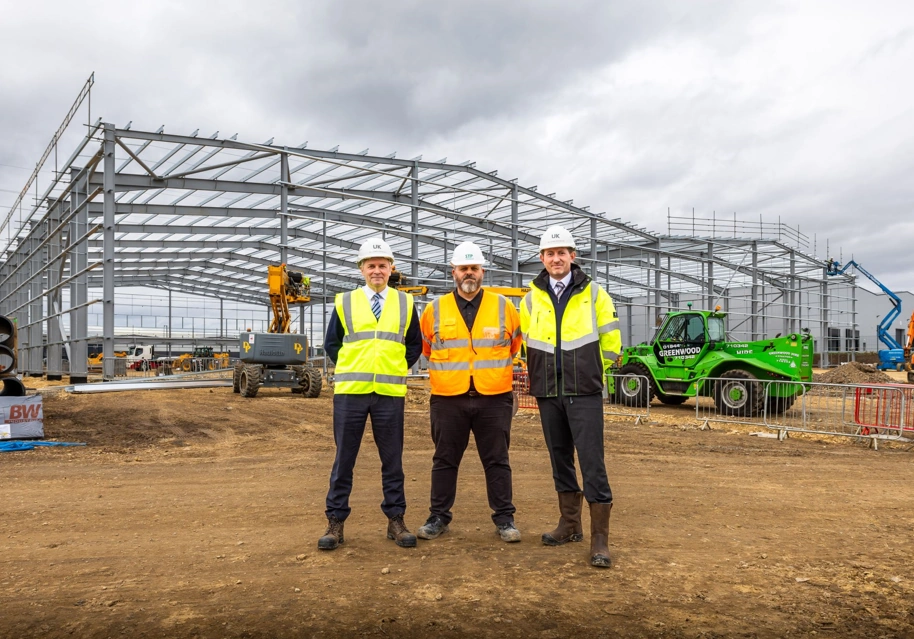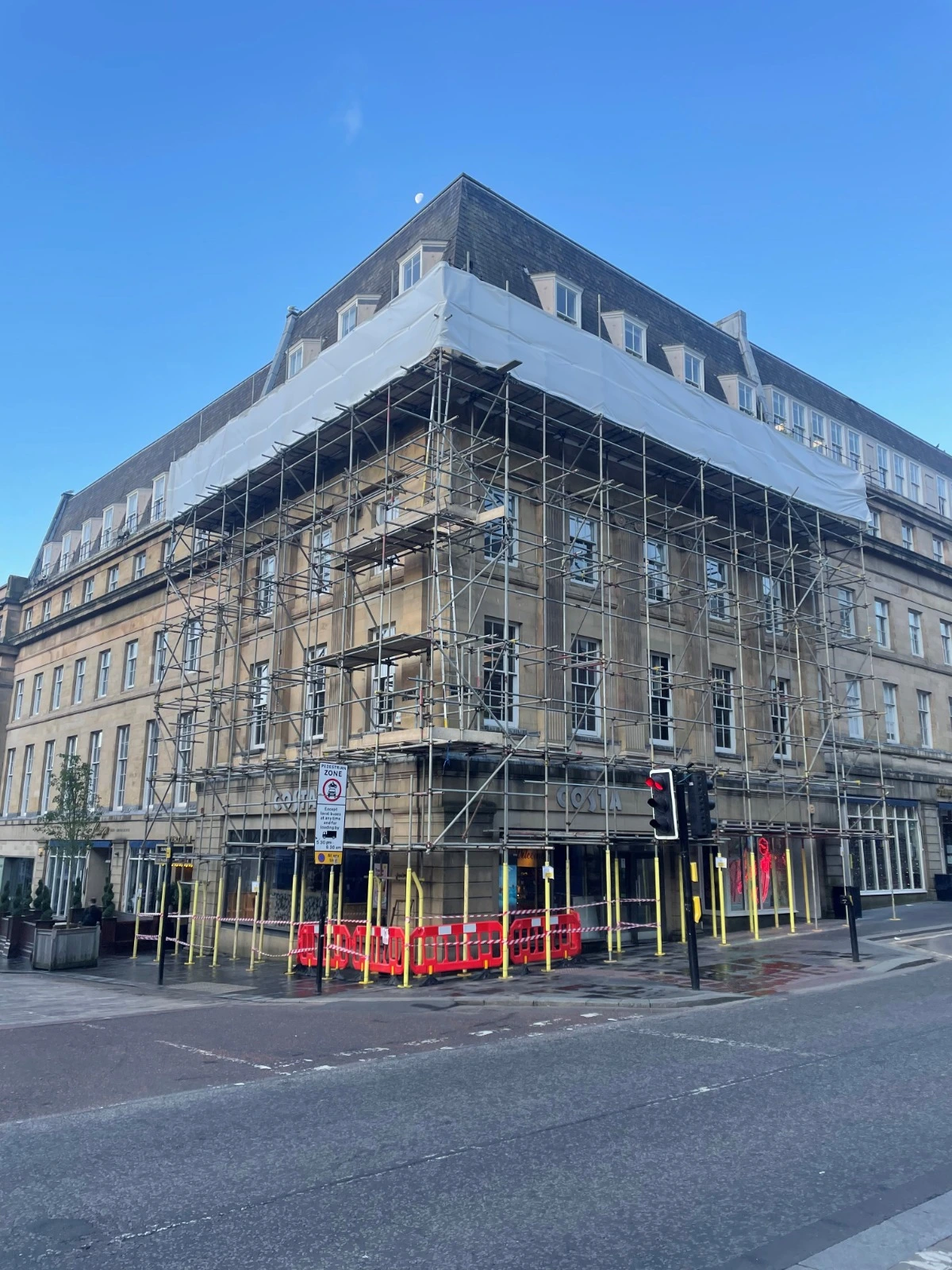The importance of sustainable design
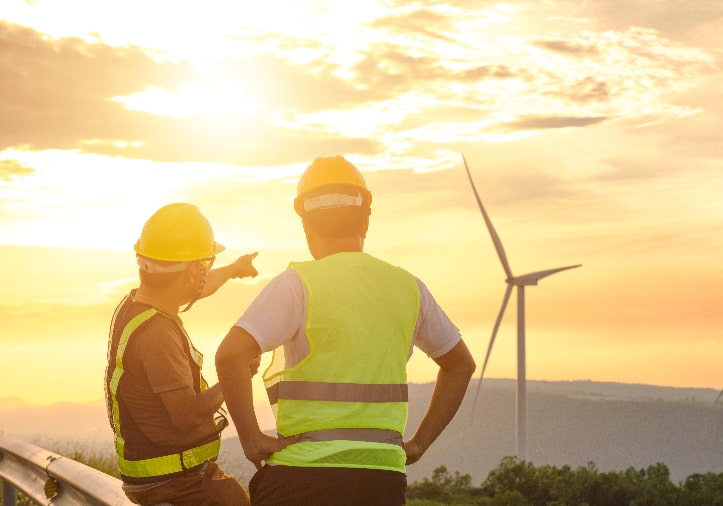
With the demand for new projects and the popularity of modern architecture across the globe, it’s no surprise that the construction industry is one of the largest users of the planet’s resources and a major contributor to worldwide pollution.
Research has suggested that the construction industry is responsible for an astonishing 36% of worldwide energy usage and 40% of CO2 emissions.
With this in mind, many companies across the industry are investing their efforts into working sustainably to meet the expanding population’s demands whilst minimising the environmental damage.
One approach these companies are taking is the introduction of sustainable design strategies.
What is sustainable design?
Sustainable design is a method that seeks to reduce the negative impacts of the industry on the environment and improve the health and comfort of future building occupants.
In construction, the concept involves working on new projects using materials that will cause minimal impact on the environment.
This involves minimising non-renewable energy consumption and waste, using environmentally preferable products and enhancing the quality of indoor spaces.
The three main components of sustainable design are to reduce, reuse and recycle.
Why is sustainable design important?
As contributors to climate change, it’s important that construction companies adapt and use sustainable methods to help reduce their impact on the planet and construct buildings that improve the lives of future generations.
Architecture built upon sustainable design has the potential to conserve energy, produce fewer air pollution emissions, reduce water usage and utilise renewable energy sources to improve performance.
How can we achieve this?
Construction companies can incorporate sustainable design strategies into their projects by leveraging low-impact construction materials, investing in renewable energy sources, focusing on space efficiency and reducing waste disposal.
At STP, we are constantly seeking to incorporate sustainable construction practices into our processes. From design through to production, we are committed to minimising the impact we have on the communities and environment in which we operate.
We have incorporated sustainable design features into many of our client projects.
Haugh Lane
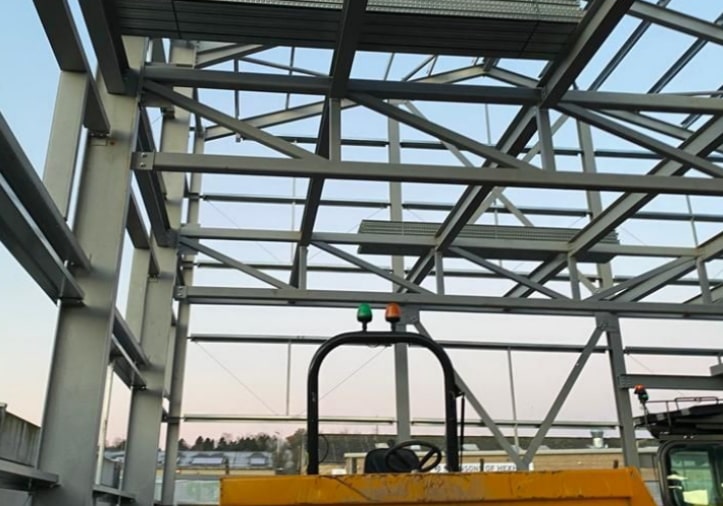
We are currently working on a new humidity-controlled art studio on Haugh Lane in Hexham.
In our efforts to reduce the building’s emissions, we have installed an energy-saving ground-sourcing heat pump over 100m deep with the engineering company, Integrated Mechanical.
Unlike burning oil, gas, LPG or biomass, these heat pumps produce no carbon emissions on site.
Eighth Avenue
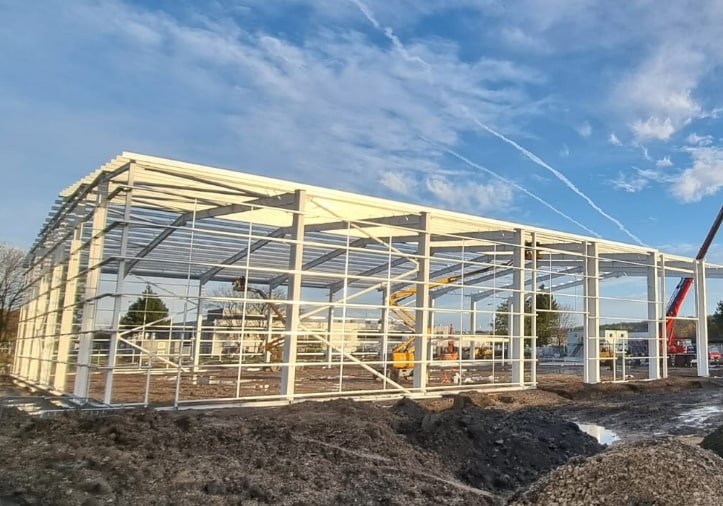
We are developing a new industrial unit in Team Valley as part of our latest project with UK Land Estates. In this build, we have installed solar photovoltaic cells so the unit will run on renewable energy.
Solar photovoltaic cells are a planet-friendly alternative and help to reduce the site’s carbon emissions.
One Sovereign Quay
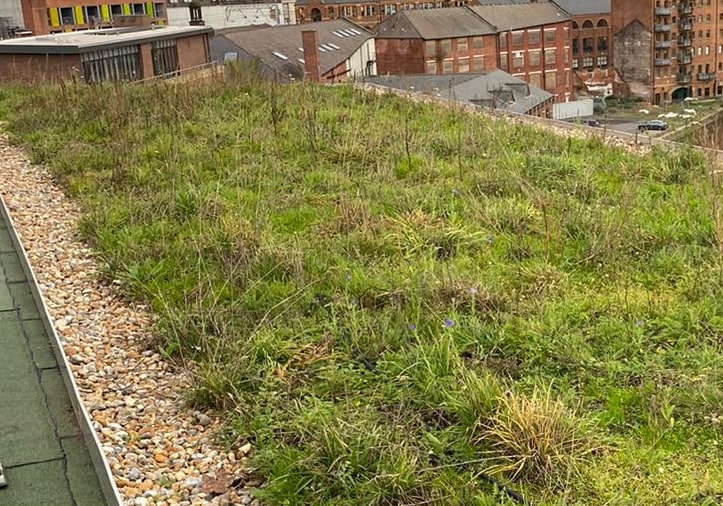
Recently, we joined forces with Bauder Flat Roofs to install a sustainable roof in the refurbishment of One Sovereign Quay.
Green roofs positively impact the environment by encouraging wildlife to the local area and aiding air quality by reducing gas pollution in the atmosphere.
Do you have a sustainable design project in mind? Contact us today to see how we can help.

